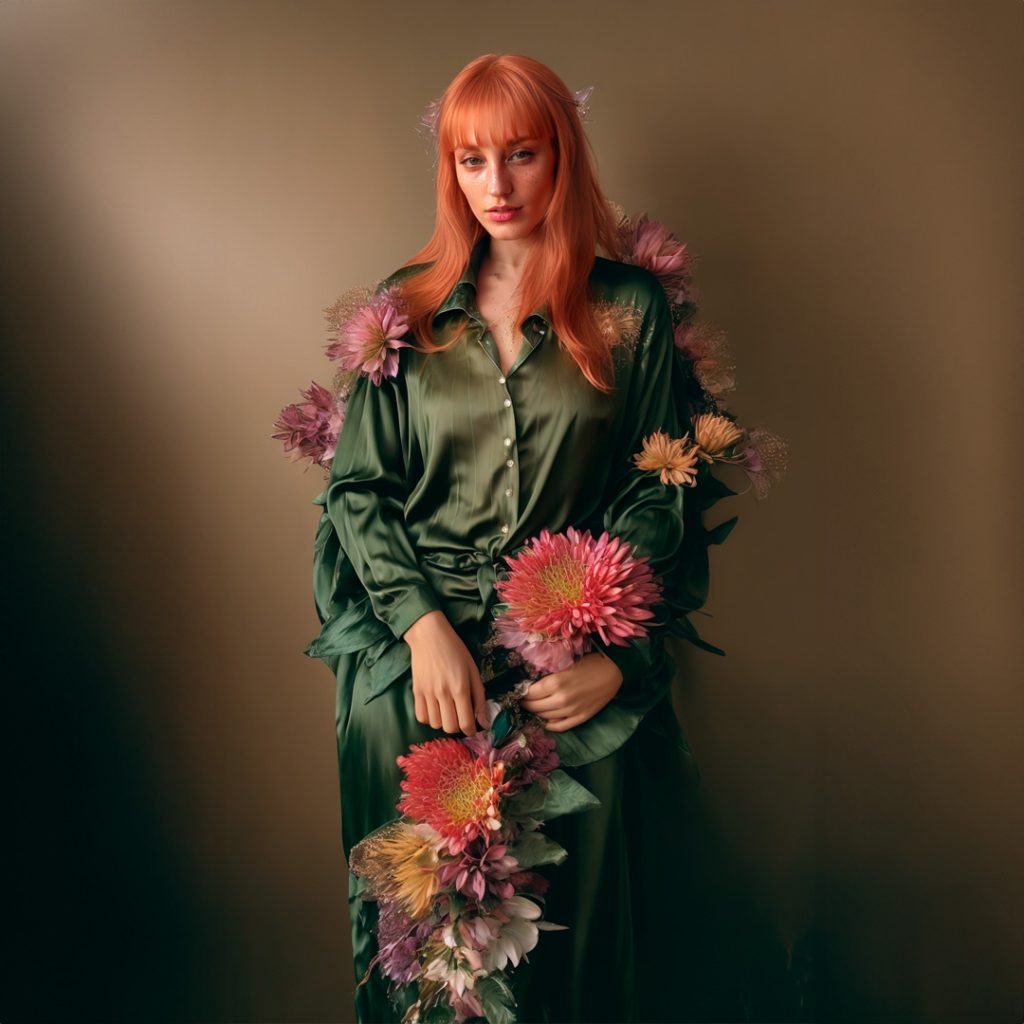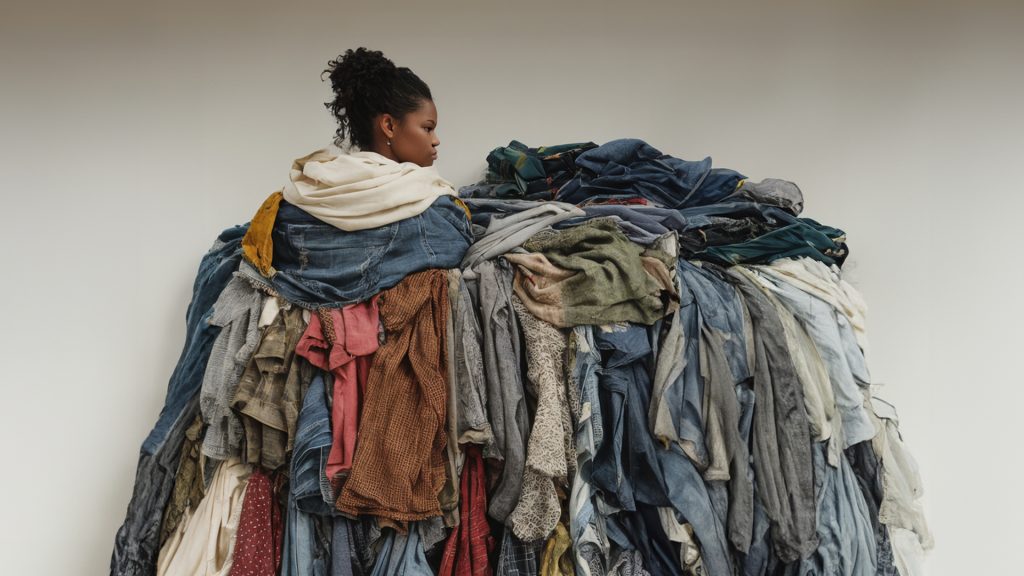
Technology has transformed every aspect of our lives, and fashion is no exception. From design to distribution, technology has opened up new possibilities that previously seemed unreachable.
From digital avatars wearing brand garments in virtual environments, generated by AI, to fabrics created through innovative processes, the fusion of fashion and technology is creating new ways to create and consume fashion. These innovations not only improve efficiency and sustainability but also open up a range of creative options for designers.
Specifically, Artificial Intelligence is playing a crucial role in personalizing the shopping experience, optimizing production processes, and creating campaigns.
In this article, we will see how tools like Artificial Intelligence, Augmented Reality, and 3D Printing are radically changing the textile industry and how brands can be more sustainable, creative, and save costs thanks to them.

Artificial Intelligence (AI) is transforming the fashion industry from design to final customer sales. AI tools can analyze fashion trends in real time, predict which styles will resonate best with consumers, and personalize the online shopping experience for each user. Additionally, AI enables fashion brands to create campaigns to advertise their collections, making the processes of visual production more agile and sustainable. A clear example is Neural Fashion, the first AI platform for the fashion industry, which aims to assist brands throughout their creative process, from the ideation of collections to the creation of visuals for their campaigns.
Virtual Reality (VR) offers consumers immersive experiences that transform the way they shop and interact with fashion. Through virtual environments, customers can interact with clothing virtually during the shopping process, which reduces return rates and increases customer satisfaction.
Similar to VR, Augmented Reality (AR) allows users to visualize products in the real world through their mobile devices. This is particularly useful in fashion, where consumers can “see” how a garment or accessory would look on them in real time without the need to physically try it on.
Modern technology enables fashion brands to create digital samples before physically producing a garment. This not only saves resources and reduces waste, but also accelerates the production cycle by allowing for quick modifications and approvals.
3D printing is revolutionizing prototyping and production in fashion by allowing designers to create complex and customized pieces without the need for costly molds. This technology promotes more sustainable and creative production by minimizing material waste.
Blockchain provides the fashion industry with a transparent means to track the authenticity of garments from source to consumer. This is especially relevant in the luxury market where product verification is crucial.
The development of innovative and sustainable fabrics such as mushroom leather or synthetic silk is changing how brands approach eco-friendly fashion. These materials are not only less harmful to the environment but also offer new textures and properties for designers to explore.
Implementing emerging technologies in the fashion industry has a significant impact on cost reduction. Automating the supply chain and computer-assisted production allows for more precise and less wasteful production, reducing material and labor costs. The implementation of AI-based inventory management software helps to predict demand more accurately, minimizing excess stock and costly markdowns, and platforms like Neural Fashion contribute to optimizing the costs of producing visual campaigns.
Introducing technological solutions into the fashion workflow streamlines processes from design to distribution. For example, computer-aided design (CAD) systems allow designers to create and modify prototypes quickly and efficiently. Integrating project management platforms improves collaboration among teams, reducing cycle times and increasing responsiveness to market trends.

Using technology in fashion facilitates more sustainable and responsible practices. Innovations such as waterless dyeing and the manufacturing of recycled materials significantly reduce the environmental impact of fashion production. Adopting business models like circular fashion, supported by technological platforms, allows brands to extend the lifespan of garments and reduce waste, and visual content generation platforms enable brands to reduce the carbon footprint associated with travel
Artificial Intelligence has revolutionized the way brands create, from design platforms to campaign creation platforms, AI has come to revolutionize creativity in the fashion industry. Augmented reality offering consumers unique and personalized shopping experiences and 3D printing opening up new possibilities in the creation of textiles and complex shapes that were previously unfeasible. These tools not only expand creative horizons but also allow for mass customization, enabling designers and brands to cater to a broader market with personalized products.
Neural Fashion AI’s platform seamlessly integrates into the current technological landscape, providing brands with a powerful and versatile tool for generating visual content. This integration allows brands to embrace creativity, innovation, and sustainability more effectively than ever.
Using Neural Fashion AI helps brands create campaign images with their garments quickly and effectively, revolutionizing the traditional process of visual content production.
Moreover, the ability to produce high-quality images in minutes revolutionizes the traditional visual content production process. This not only drastically reduces production times and associated costs but also allows for quick iteration and experimentation with visual concepts without significant resource commitments. Such flexibility is especially valuable in a fashion market that is both dynamic and driven by rapidly changing trends.
In summary, Neural Fashion AI not only improves the efficiency and effectiveness of marketing and fashion production but also supports the adoption of more sustainable and responsible practices. With its cutting-edge technology, Neural Fashion is redefining what is possible in the fashion industry, enabling brands to advance towards the future of digital and sustainable fashion.
Are you ready to revolutionize the fashion industry?
Compartir
© 2025 Neuralfashion